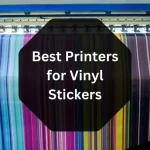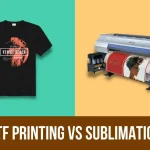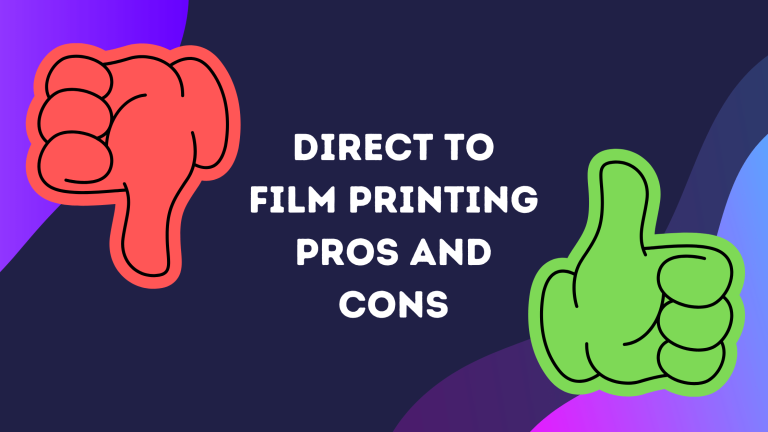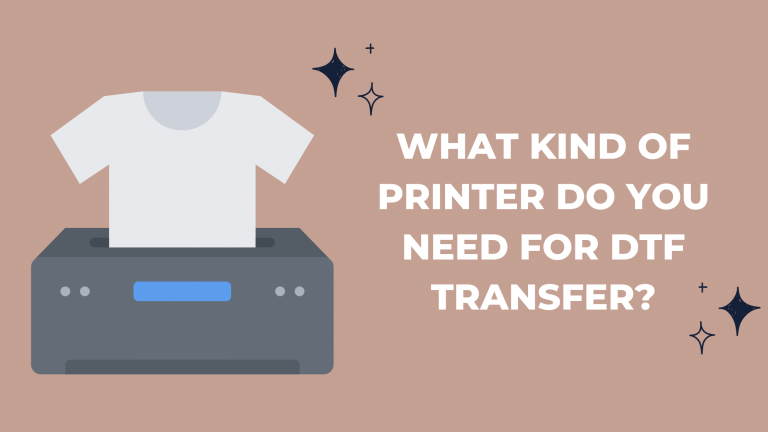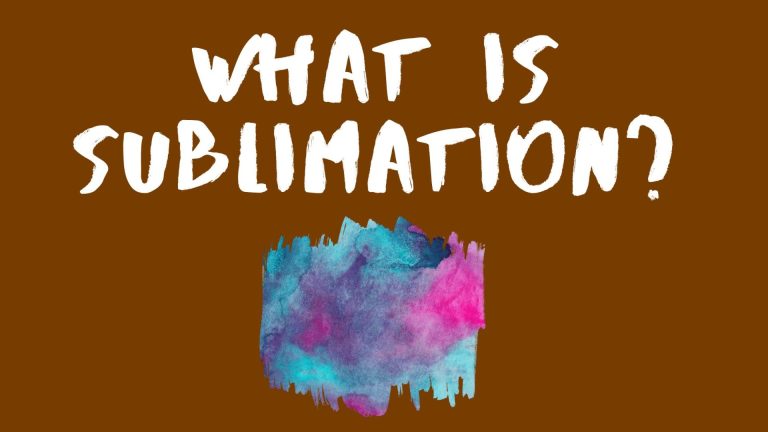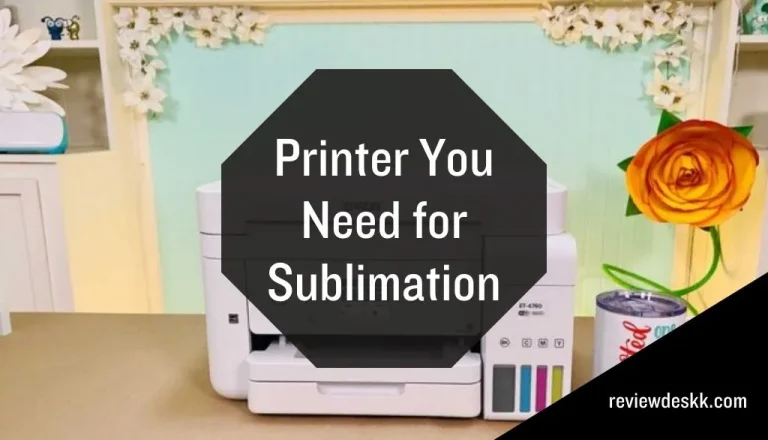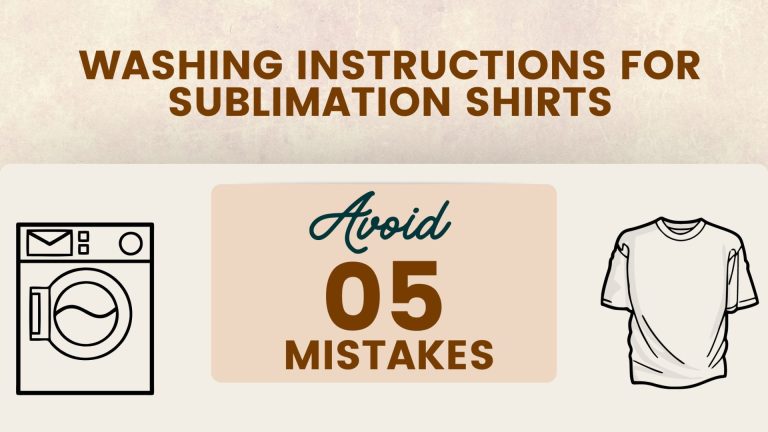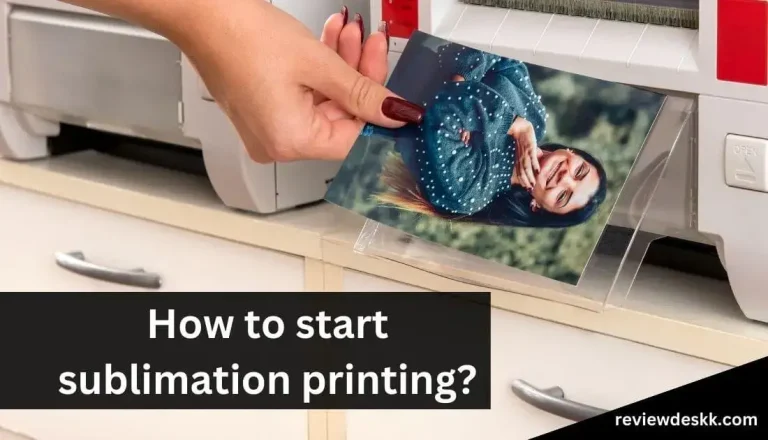Mastering Vinyl Sticker Printing: Tips to Create Stunning Stickers
Vinyl stickers are an excellent way to promote your business or decorate your personal items. The beauty of vinyl stickers is that they are versatile and can be customized to your liking.
However, to get the best out of vinyl stickers, you need to learn how to optimize your vinyl sticker prints.
In this article, we will share with you some essential vinyl sticker printing tips to help you produce high-quality vinyl stickers.
How to Optimize your Vinyl Sticker Prints
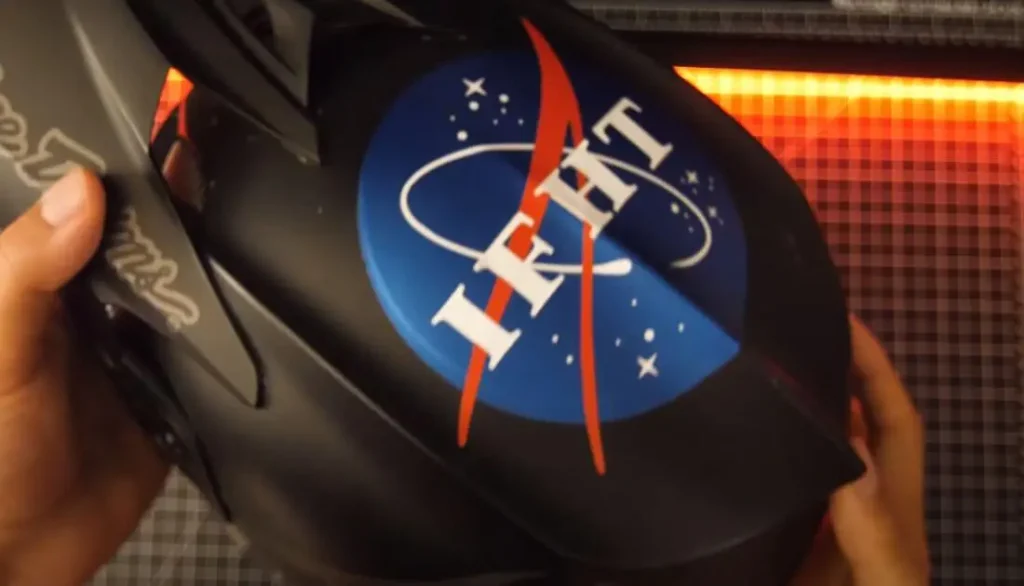
1. Understand the Different Types of Vinyl Stickers
There are two main types of vinyl stickers: cast vinyl and calendared vinyl. Cast vinyl is thin and flexible, making it ideal for curved surfaces.
Calendared vinyl is thicker and more rigid, making it ideal for flat surfaces. Understanding the differences between the two will help you choose the right type of vinyl for your needs.
2. Choose the Right Printer
Choosing the right printer is crucial when it comes to vinyl sticker printing. You need a best printers for vinyl stickers that is capable of handling the thickness of vinyl material and producing high-quality prints.
Inkjet printers are suitable for small-scale vinyl sticker printing, while large-format printers are suitable for mass-producing vinyl stickers. Choose a printer that suits your needs and budget.
3. Choose the Right Ink
When printing on vinyl stickers, it’s important to choose the right ink. Solvent-based inks are commonly used for printing on vinyl as they provide excellent adhesion and durability.
Water-based inks are not suitable for printing on vinyl as they tend to run or smudge.
4. Use High-Quality Images
The quality of the images you use on your vinyl stickers is essential. Use high-resolution images that are at least 300 DPI to ensure that your images look sharp and vibrant.
5. Bleed your Designs
When designing your vinyl stickers, it’s important to add a bleed of at least 1/8 inch to ensure that your designs extend beyond the edge of the sticker.
This prevents white edges from appearing on your vinyl stickers when they are cut.
6. Use the Right Cutting Technique
There are different cutting techniques for vinyl stickers, including kiss cutting, die-cutting, and laser cutting.
Kiss cutting involves cutting through the vinyl layer without cutting the backing paper. Die-cutting involves cutting through both the vinyl and the backing paper.
Laser cutting involves using a laser to cut through the vinyl layer only. Choose the cutting technique that best suits your needs.
7. Use the Right Adhesive
The adhesive used on your vinyl stickers is crucial. Permanent adhesive is suitable for long-term use, while removable adhesive is ideal for short-term use.
Ensure that you choose the right adhesive for your needs.
8. Prepare the Surface
Before applying your vinyl stickers, it’s important to prepare the surface. Ensure that the surface is clean, dry, and free from any dust or debris.
This ensures that the vinyl sticker adheres properly to the surface.
9. Apply the Vinyl Sticker Correctly
To ensure that your vinyl sticker adheres correctly, you need to apply it correctly.
Start by removing the backing paper from the sticker, and then apply the sticker to the surface.
Use a squeegee or credit card to smooth out any air bubbles.
10. Store your Vinyl Stickers Correctly
Storing your vinyl stickers correctly is essential to ensure that they remain in good condition. Store them in a cool, dry place, away from direct sunlight.
11. Test your Vinyl Stickers
Before mass-producing your vinyl stickers, it’s important to test them first. Print a few samples and test them on different surfaces to ensure that they adhere correctly and look good.
12. Experiment with Sifferent Finishes
Vinyl stickers can be finished in different ways, including glossy, matte, and metallic finishes. Experiment with different finishes to find the one that best suits your needs.
13. Be Creative
Vinyl stickers provide a great opportunity to be creative. Experiment with different designs, colors, and shapes to create unique and eye-catching vinyl stickers.
14. Consider the Size of your Stickers
The size of your vinyl stickers is an essential factor to consider when optimizing your vinyl sticker prints. Larger stickers can be more visible from a distance, making them ideal for outdoor advertising.
Smaller stickers, on the other hand, are more suitable for personal items or as giveaways. Consider the purpose of your vinyl stickers and choose the size that best fits your needs.
Additionally, make sure to choose a size that is easy to handle and transport, especially if you plan on distributing your vinyl stickers at events or trade shows.
15. Choose the right printer
Choosing the right printer is crucial when it comes to vinyl sticker printing. You need a printer that is capable of handling the thickness of vinyl material and producing high-quality prints.
Inkjet printers are suitable for small-scale vinyl sticker printing, while large-format printers are suitable for mass-producing vinyl stickers. Choose a printer that suits your needs and budget.
16. Follow Safety Guidelines
When printing on vinyl stickers, it’s essential to follow safety guidelines to prevent accidents or injuries.
Wear protective gear, such as gloves and goggles, when handling printing materials, especially when working with solvents. Additionally, make sure to work in a well-ventilated area to avoid inhaling toxic fumes.
Conclusion:
In conclusion, optimizing your vinyl sticker prints requires attention to detail and a willingness to experiment with different techniques and finishes.
By following the tips outlined in this article, you can produce high-quality vinyl stickers that are eye-catching and durable.
Remember to choose the right type of vinyl, ink, cutting technique, and adhesive, and to test your vinyl stickers before mass-producing them. With a little creativity and the right tools, you can take your vinyl sticker printing to the next level.
FAQs: Vinyl Sticker Printing Tips
Cast vinyl is ideal for curved surfaces, while calendared vinyl is best for flat surfaces.
Inkjet printers are suitable for small-scale vinyl sticker printing, but large-format printers are best for mass-producing vinyl stickers.
Water-based inks are not suitable for printing on vinyl as they tend to run or smudge.
The best cutting technique depends on your needs. Kiss cutting is suitable for vinyl layers, while die-cutting is suitable for both vinyl and backing paper.
Store your vinyl stickers in a cool, dry place, away from direct sunlight, to ensure that they remain in good condition.


